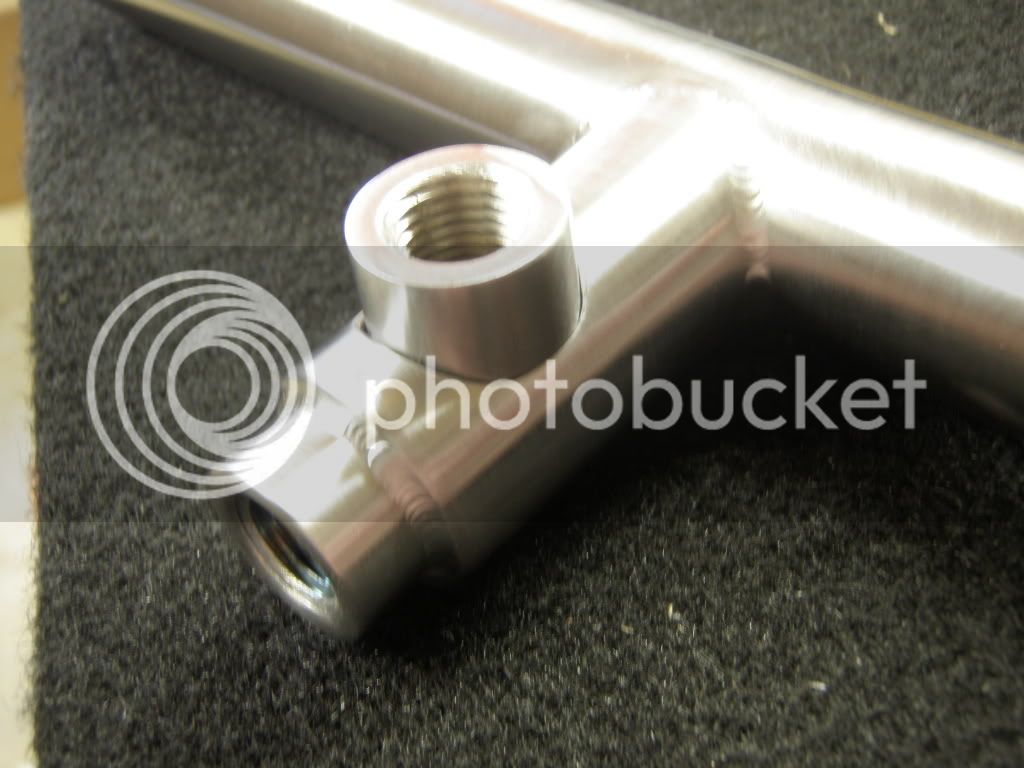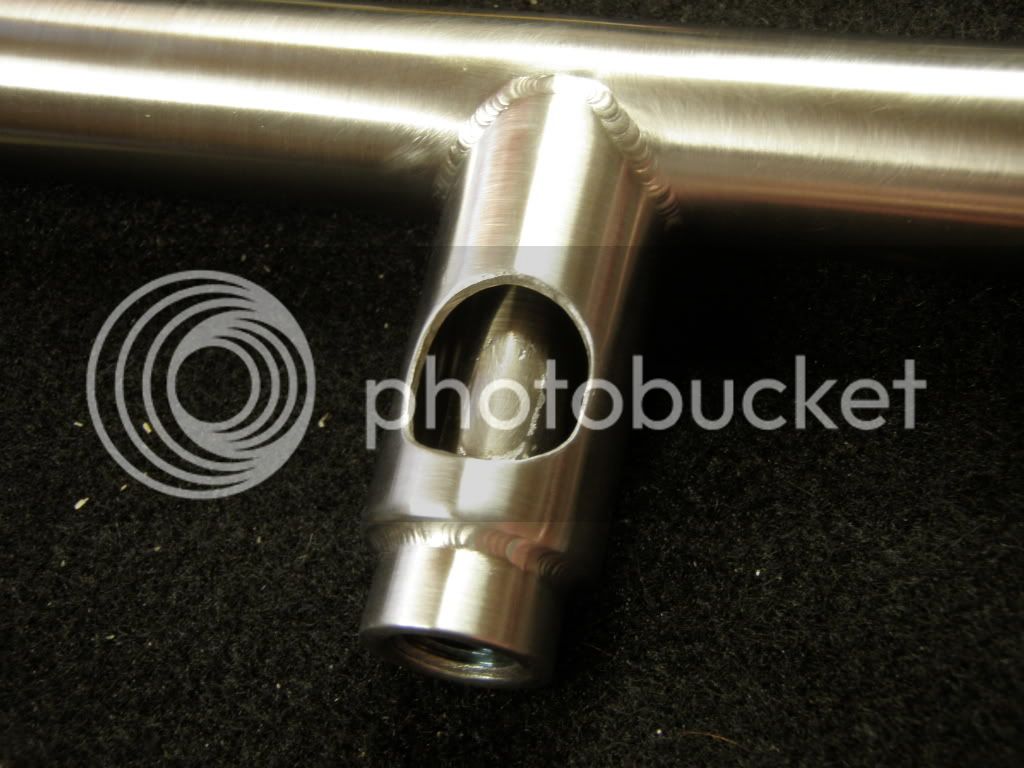GreenMonti
Well-Known Member
- Joined
- Nov 29, 2009
- Messages
- 1,268
- Reaction score
- 67
I have taken a look at an orifice chart for high pressure and after a couple calculations I figured out the BTU output and LP flow rates for various pressures. It looks like the flowmeters sent are a bit too small so I will look into aquiring correct size units for testing.
5 PSI LP......53614 BTU's...21.45 CFH...10.12 LPM
10 PSI LP....75822 BTU's...30.33 CFH...14.31 LPM
15 PSI LP....92863 BTU's...37.15 CFH...17.53 LPM
20 PSI LP..107229 BTU's...42.89 CFH...20.24 LPM
25 PSI LP..119886 BTU's...47.95 CFH...22.63 LPM
Flow was based on 2500 BTU/CF LP gas
PSI/BTU's were derived from #56 sized orifice chart
I hope this helps with input heat calculations for boiler
I setup for a test run for gas usage. This is the best I can do.
1 Full turn on the reg = 2.5 Psi
1.5 Turns on the reg = 7 Psi
2 Full turn on the reg = 11.5 Psi
3 Full turns on the reg = 22 Psi
With the water tank up to temp (200*) I am able to boil plenty hard running the reg open 1 full turn. I can't see the need to run the fire any more hot when running the steam for the mash, so I decided to run it for 1 hour at the 1 turn or 2.5 Psi. After the hour my scale says I used 1 lb of propane. I don't have access to a very good weight scale. I used my bathroom scale. It is a digital and it reads in .5 lb increments. I feel the the use of 1 lb an hour is close enough cause I did weigh it every 5 mins during the run. Right on the half hour mark I lost .5 lb.
Just for kicks here is how I had it setup and how I got the Psi readings.










